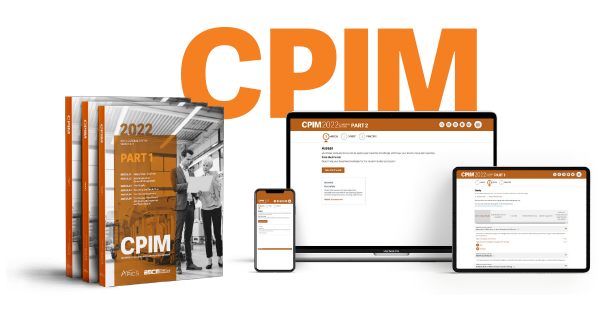In supply chain, developing plans for effective production requires cross-departmental collaboration. For instance, if manufacturers were to simply make products without input from sales and marketing team members, there would be no correlation between how much is produced and how much is needed at any given time. However, through proper sales and operations planning (S&OP), supply chain organizations can align their daily activities with overall corporate strategy and ensure a better match between supply and demand.
S&OP plays a critical role in the success of an organization because it helps removes the element of surprise. A well-rounded S&OP strategy works to balance supply and demand is paramount by providing a single set of numbers from which to work and creating purposeful cross-functional involvement. S&OP is a key communication tool to keep supply chain organizations ahead of any potential bottlenecks.

Gathering data with regards to past sales enables organizations to create forecasts for future sales and the supply required to fulfill them. It is at this stage where current trends are analyzed, along with any internal and external factors.
Cross-functional involvement is leveraged in order to analyze forecasted numbers and make alterations based on the demand for a specific product. Inventory may be adjusted based on demand during this process.
To effectively identify supply constraints, sales, finance, operations and other departments evaluate the organization's capacity in terms of human resources, suppliers and manufacturing. At this stage, both supply and demand plans can be finalized.
Forecasts are compared to the supply and demand plans to determine how the plans will affect the organization's financial positioning.
Executives review all of the plans, forecasts and recommendations that have come out of the pre-S&OP meeting. The goal is to develop a final plan to be acted on.
After approval has been granted, the plan is finalized and put into action with evaluations scheduled for continued monitoring and success.
As S&OP directly involves an organization's financial department, the procurement of an effective S&OP strategy sheds light on where funds are being spent and how they contribute to meeting the organization's financial targets. The goal is always to minimize costs while maximizing delivery, and an effective S&OP strategy will provide advanced insight into how this is to be achieved.

When organizations are able to accurately predict demand, they can increase growth sustainably through educated decision-making. Unexpected demand hinders growth every time, but by leveraging the power of S&OP, organizations can develop a systematic approach to matching supply and demand with manufacturing, finance, logistics and operations.

Effective S&OP provides the insight required to streamline logistics and therefore lower their transportation costs. If there is a strong relationship between what is available from manufacturers and what is required by customers, fewer runs can be scheduled with each run loaded to a capacity that contributes directly to sustainable transportation performance.

Maintaining adequate inventory levels is critical for the success of any supply chain organization, and implementing a robust S&OP strategy means taking into account both supply planning and demand planning data. This information can then be used to directly impact inventory management and increase the efficiency with which an organization's inventory is maintained.

Eaton, a power-management technologies and services company based in Dublin, Ireland, used the power of S&OP to enhance the effectiveness of its global supply chain processes with the goal of maintaining its position as a preferred supplier. By investing in ASCM's Certified in Planning and Inventory Management (CPIM) program, more than 200 global Eaton employees now understand how their work contributes to the overall S&OP process. As a result, the company reduced its days of on-hand inventory by 10% as of 2020 and is on track to achieve a 20% total reduction by the end of 2022.
To learn more about how the CPIM program can help your organization implement robust S&OP strategies, visit our product page.
